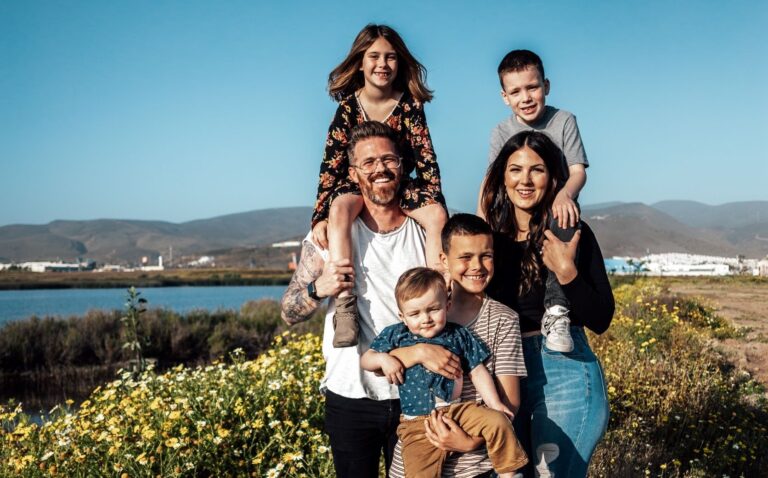What it means to make arrangements for children in an amicable way
What does a blended family mean? You see on social media that celebrities such as Ben Afleck, Jennifer Lopez, Jason Momoa, Demi Moore and Kourtney Kardashian all have blended families. This means simply that two adults who are in a relationship live together with children that they have with other partners. The idea is that each parent of each child can spend time with one another and the family unit is made of different families.
Take Jennifer Lopez for example, she has children with Marc Anthony who she was married to. After her separation, she has been in other relationships. More recently she has rekindled her romance with Ben Afleck. She and Ben will live together with the two children who often spend time with their father. Ben Afleck himself, has children with Jennifer Garner. He also spends time with those children. When they are all together, the children have different parents but the family may coexist with one another. This is a blended family.
Is it always positive?
Within a blended family, there can be issues such as;
- Parenting struggles – where the child will not listen to the step-parent when being disciplined
- Problems between the children themselves where they may be of similar ages
- Favouritism – where one of the children is born to both parents in the couple and the others are not
- Communication issues between the separated parent and the new step-parent
When you and your partner/spouse separate, it can be a very difficult and trying time for the whole family unit, especially if there are children involved. Parents don’t want the bad feelings to impact or affect their children, but this often happens. This doesn’t mean, that arrangements for children have to be difficult as well. It is never going to be plain sailing, especially for those parents who do not live with their child/ren. Similarly, it can be frustrating for the main carer of the child/ren if the separated parent does not show commitment or show up for contact, etc.
Where can separated parents get support?
There are numerous ways in which separated parents can begin to consider and reach agreements on issues relating to their child/ren. If matters are going to be agreed then it is always worth having a Parenting Plan in place. You can find a template of a Parenting Plan at https://www.cafcass.gov.uk/grown-ups/parents-and-carers/divorce-and-separation/parenting-together/parenting-plan/. You can download a copy and fill it in and both can sign it. This plan can be revised over time depending on your family’s needs and the ages of your children.
What are the alternatives to an agreed way forward?
Where discussions are tenser, then relying on mediators is a great way to start a conversation as it is a safe environment where there is only one issue to focus on. Mediation is a great tool as it removes any confrontation in conversation. It can also be used as a space to discuss financial matters relating to children such as school fees, clothes, trips, and other expenditures. It might also be a good time to discuss any other relationships and children that may live in the household so that boundaries can be established.
In the event, no agreement can be reached, the Court system is there to help those who want to spend time or live with their child/ren in a safe environment. An application can be made to Court to discuss arrangements and matters such as other children in the household, or new partners may be taken into consideration when discussing arrangements as children have the right to spend time with all their siblings even if not born to the same parents.
It is advisable, at any stage, to get some legal advice on what your responsibilities are as a parent and the different options you have available to make arrangements for children. Many facilities are available to enable children to safely spend time with both parents.
If you want to get some advice or have any questions you can Contact me for a conversation.

